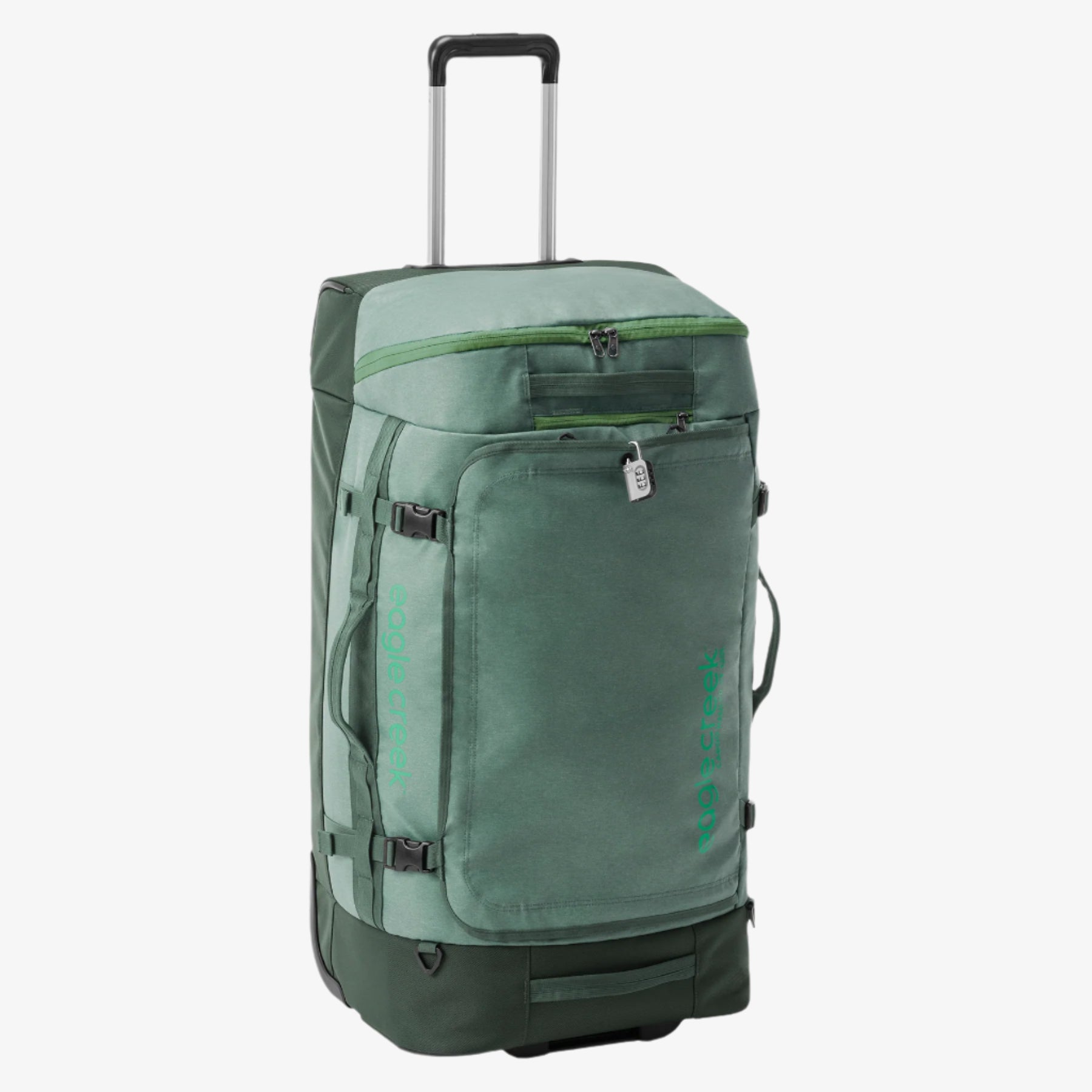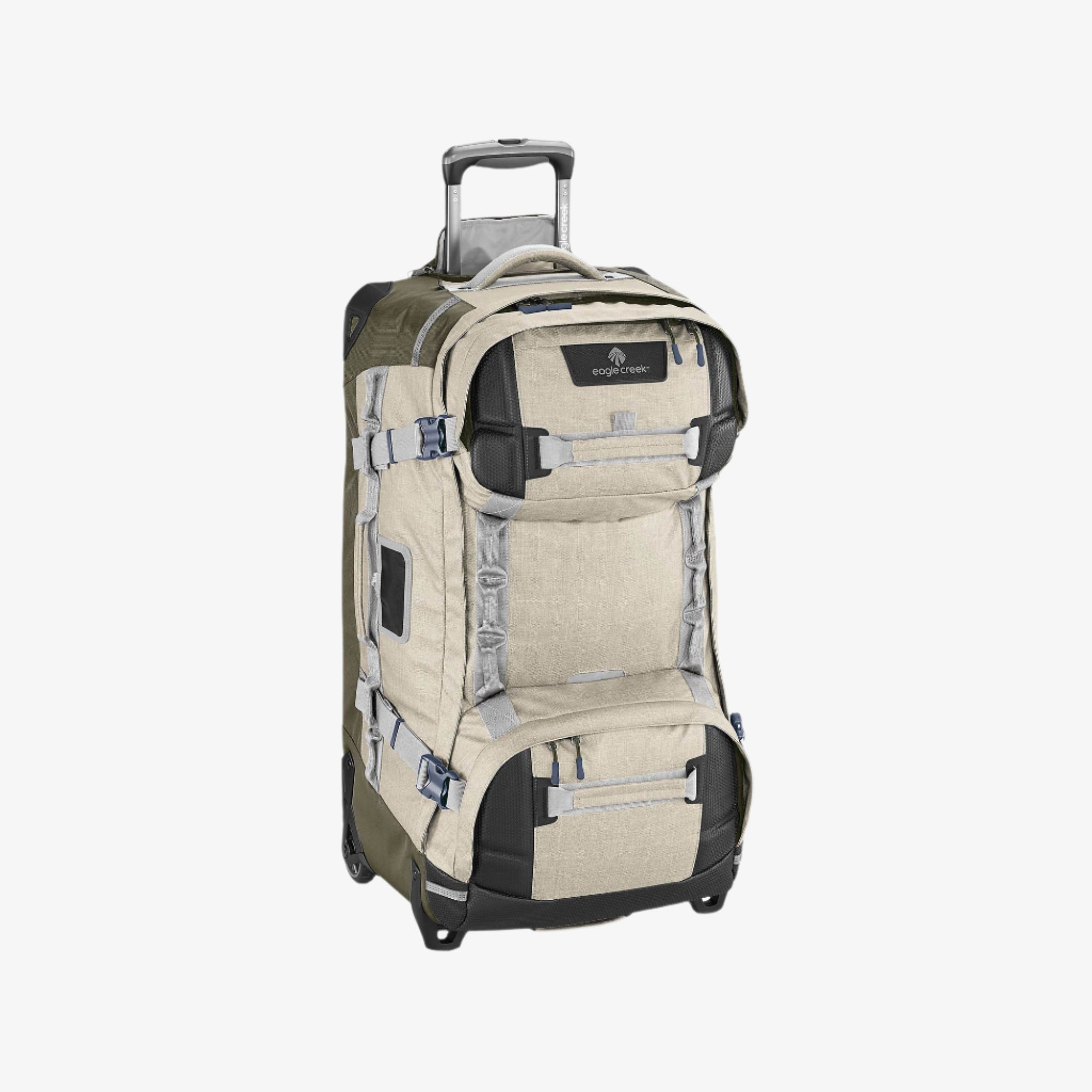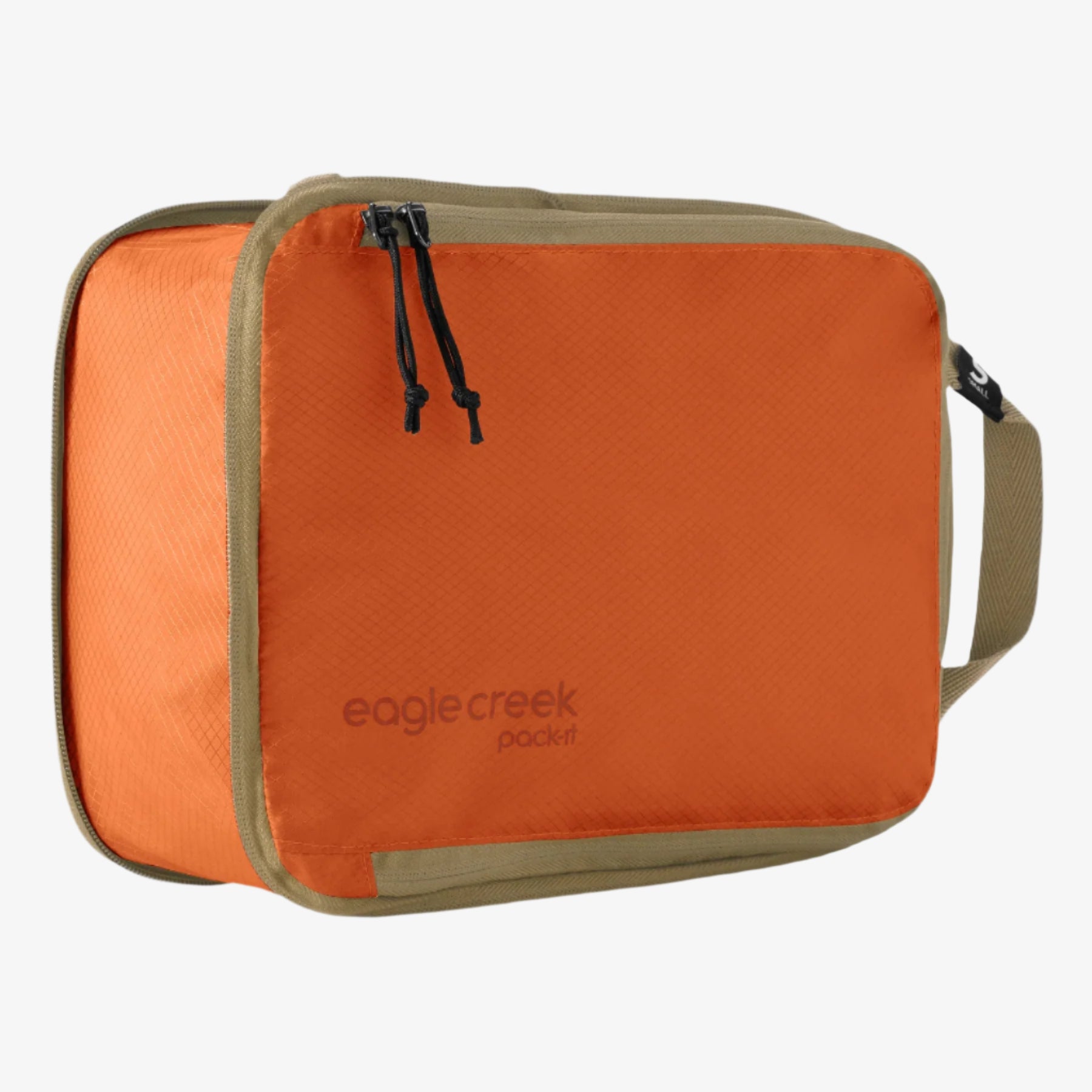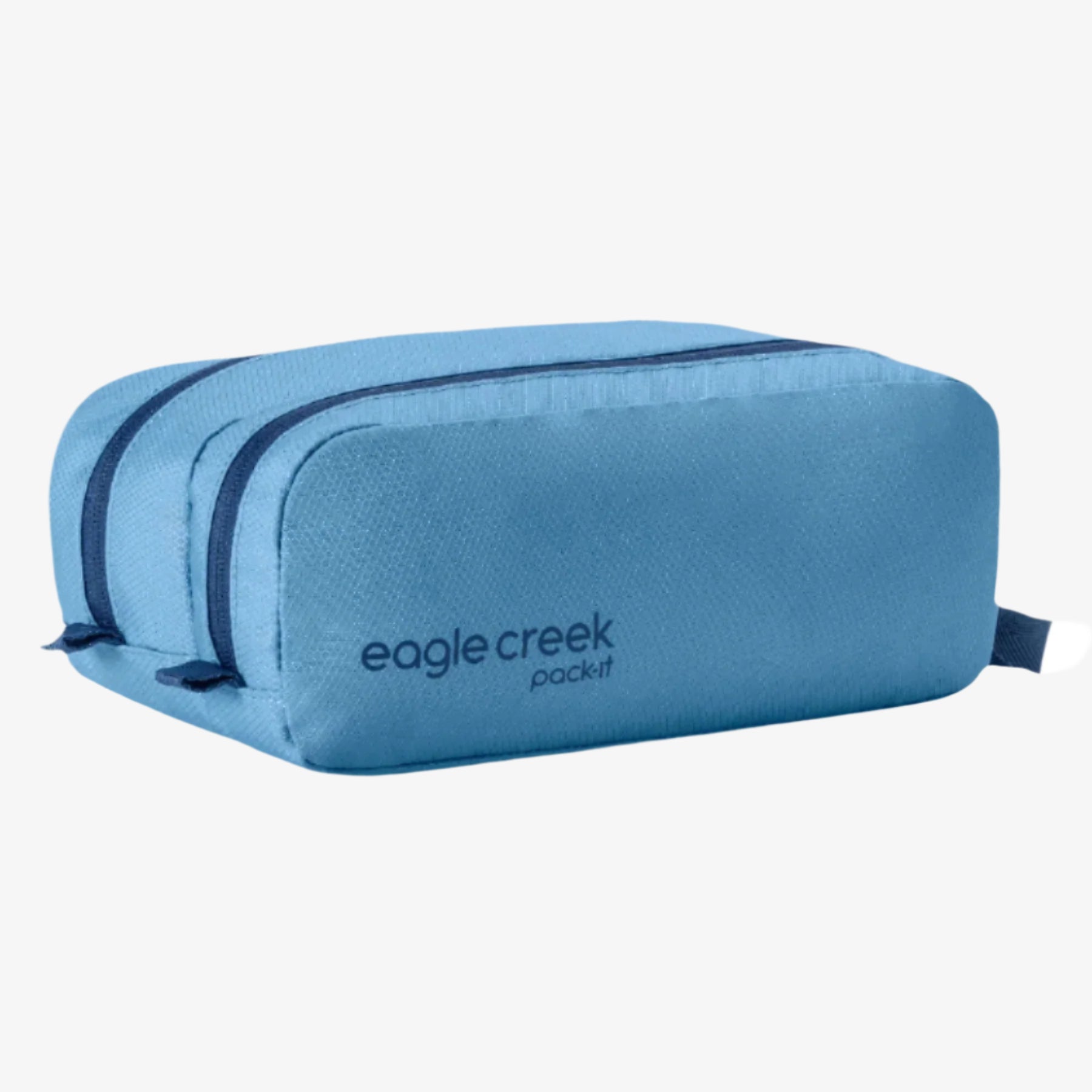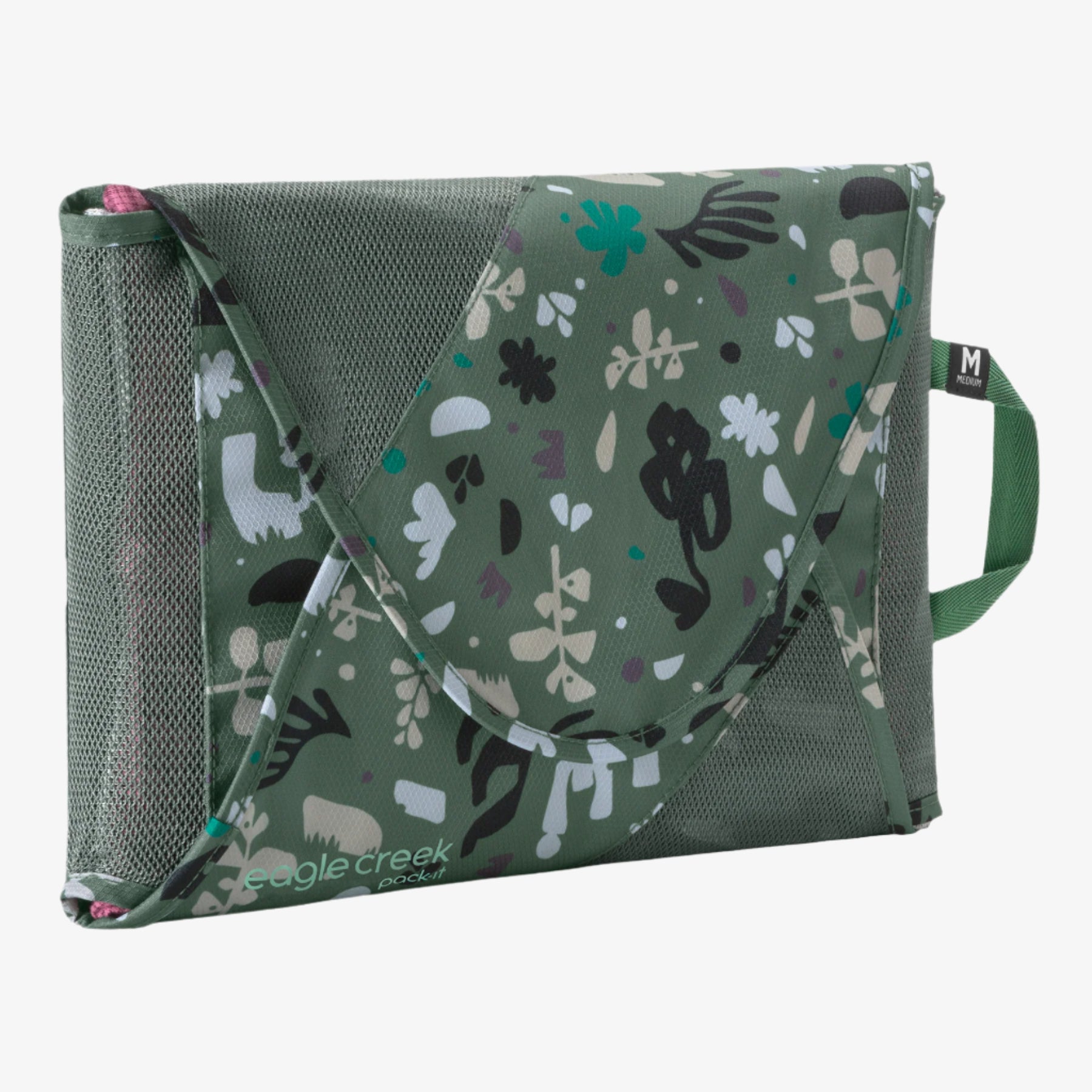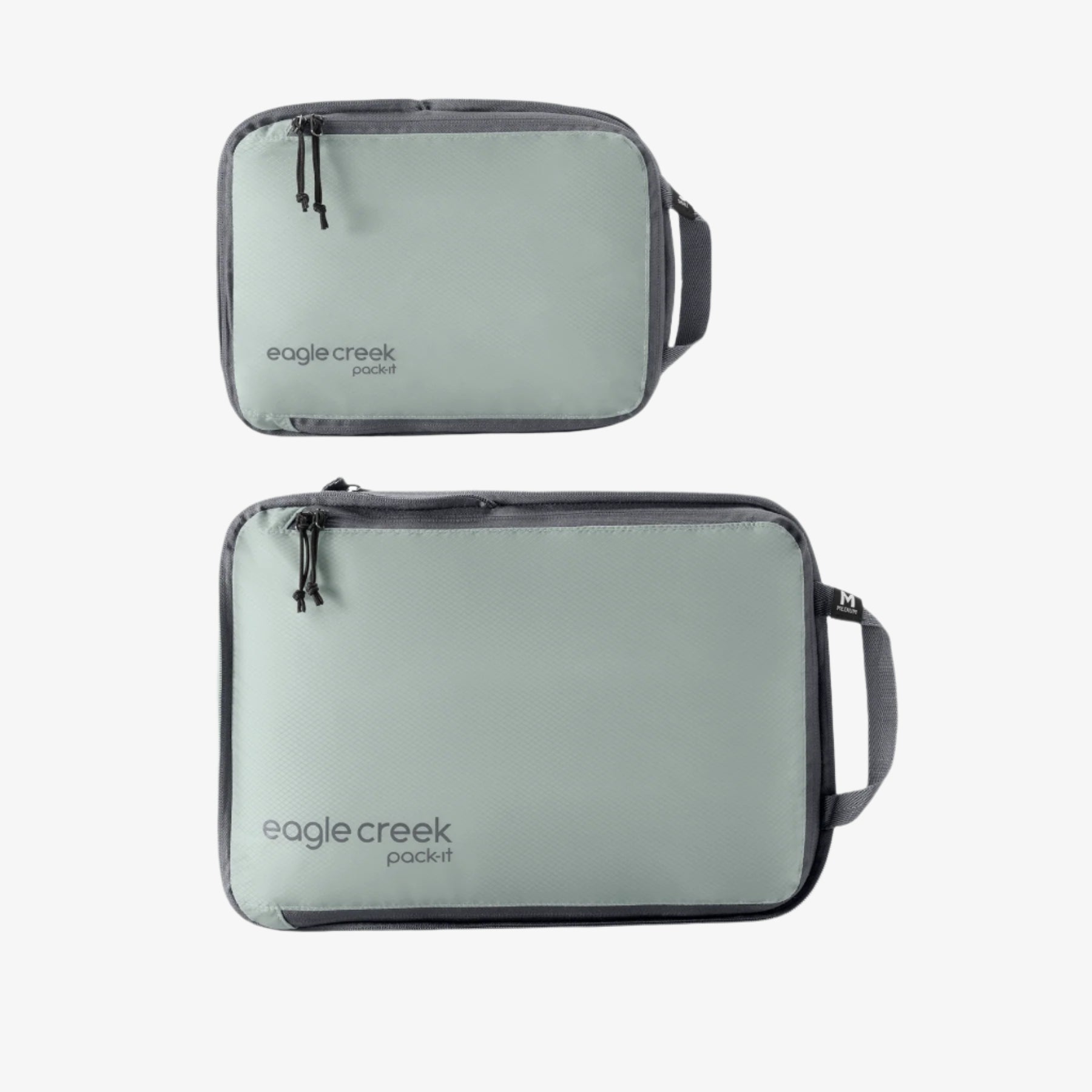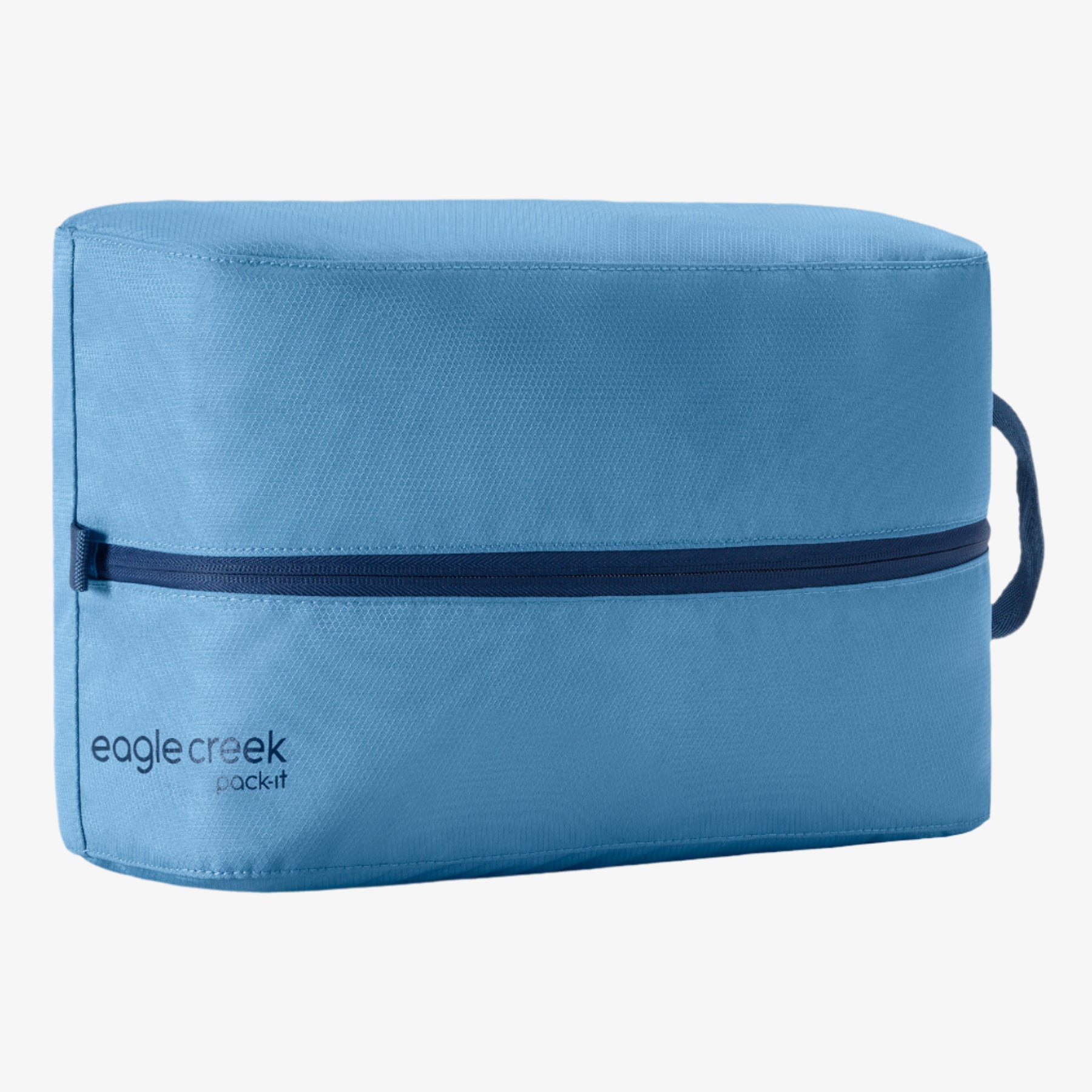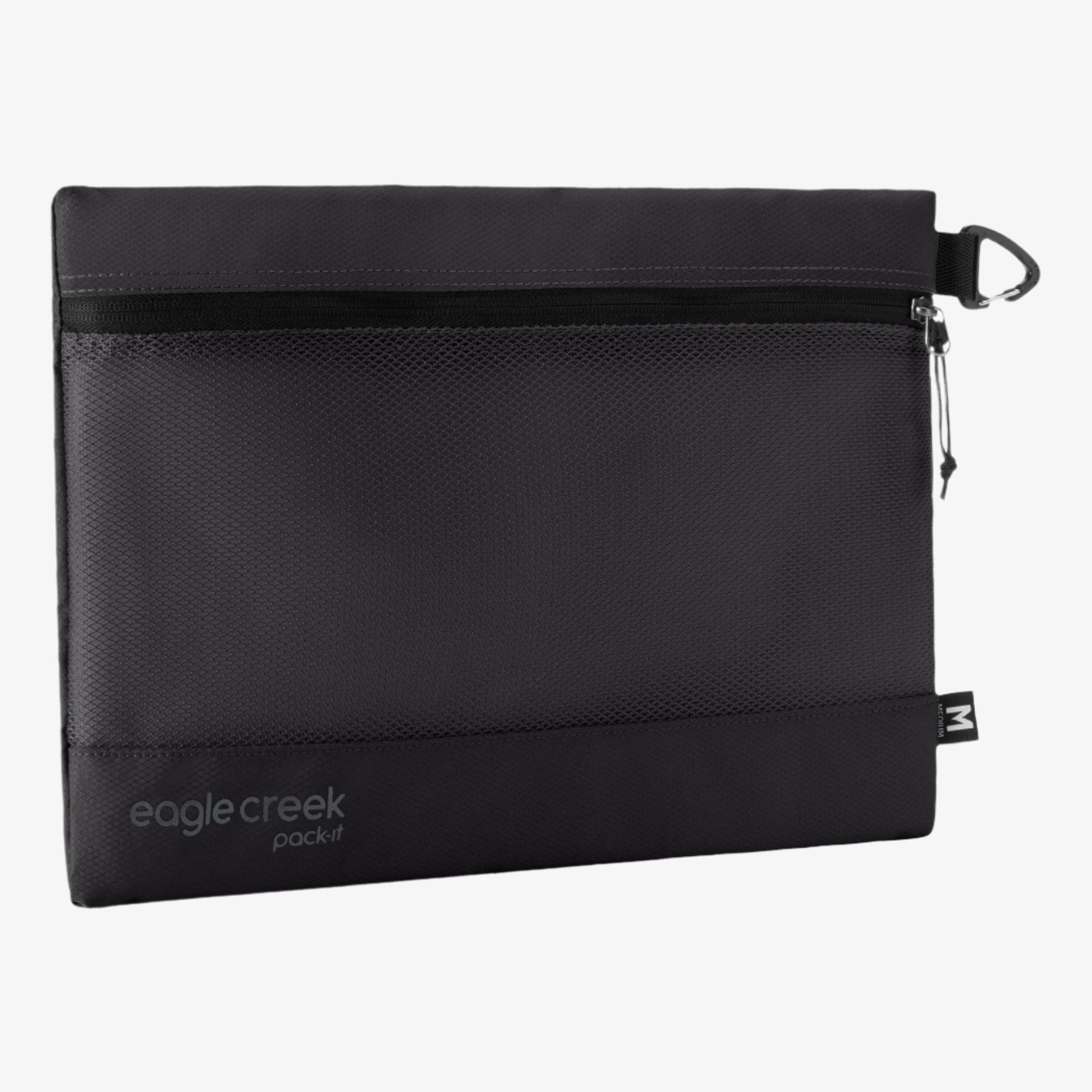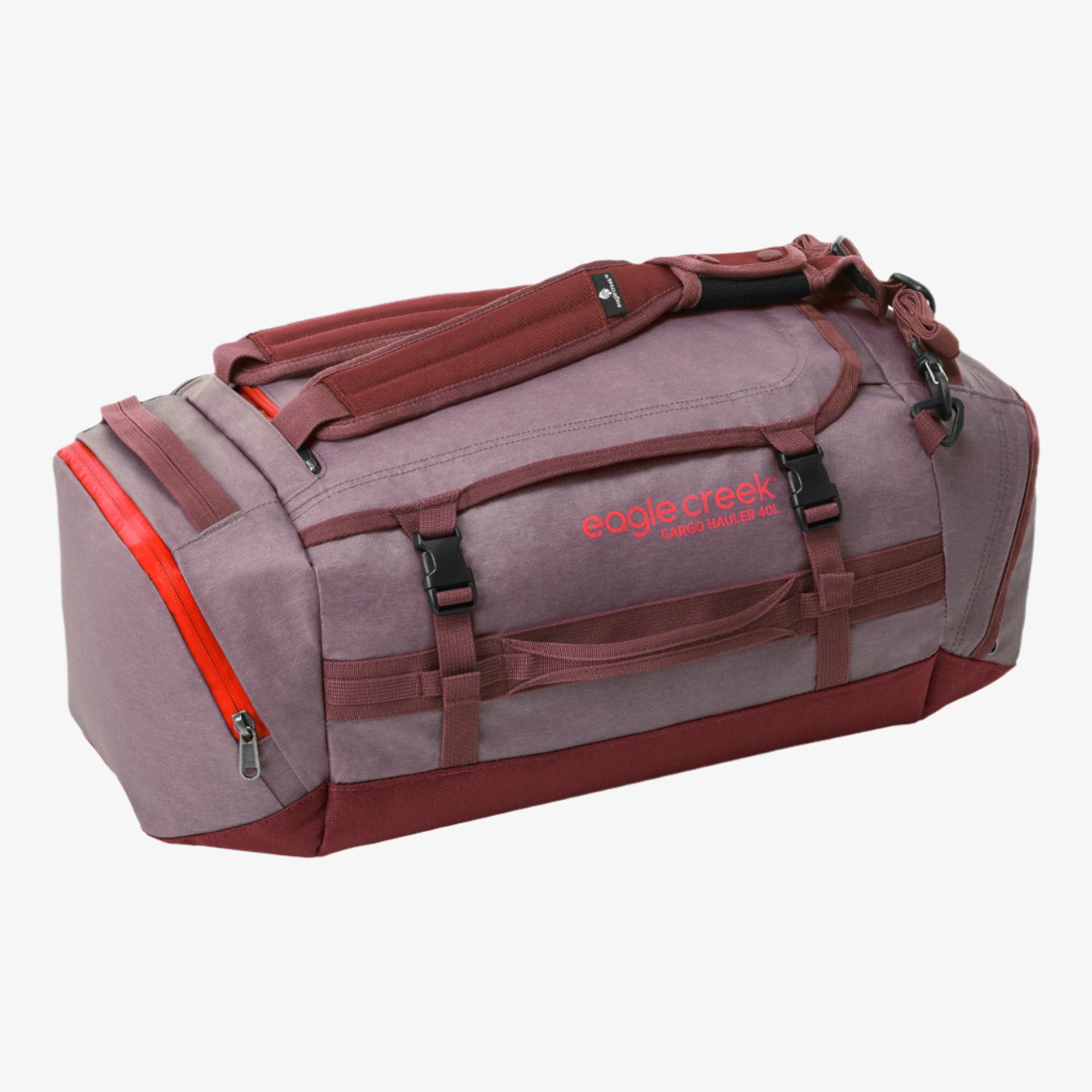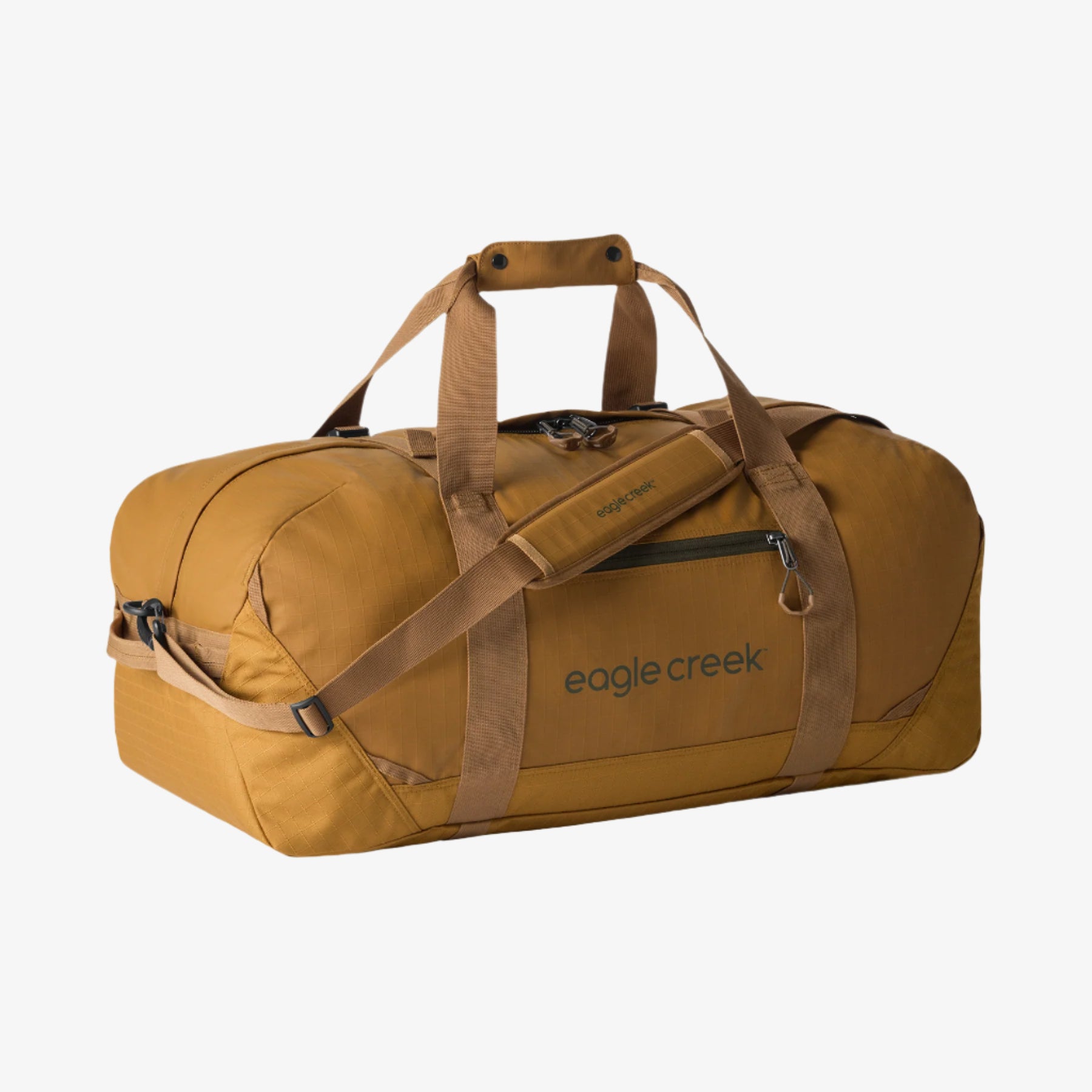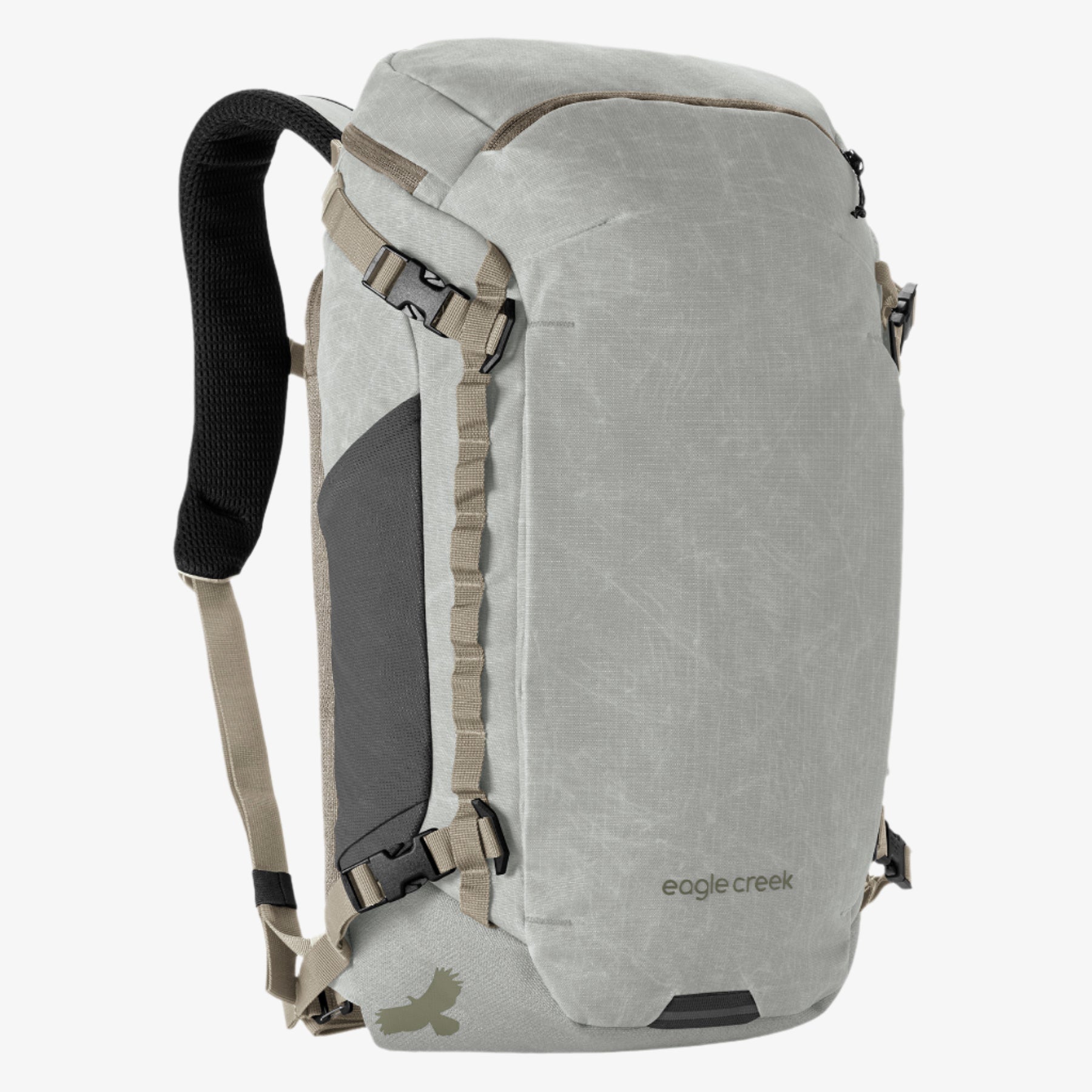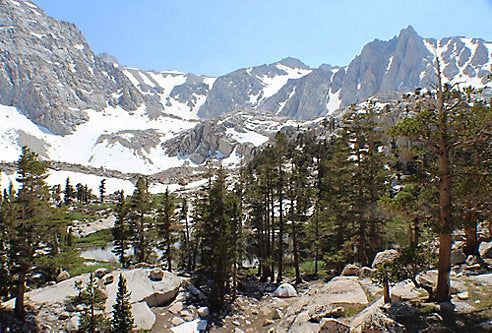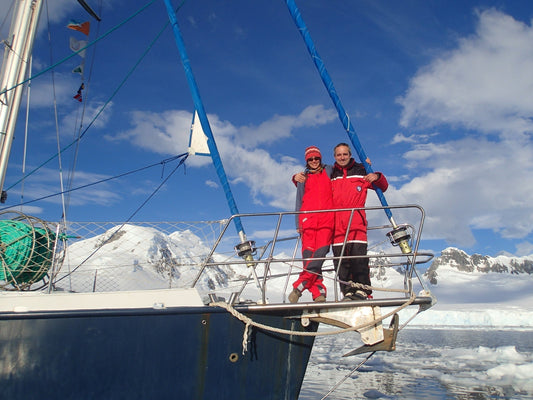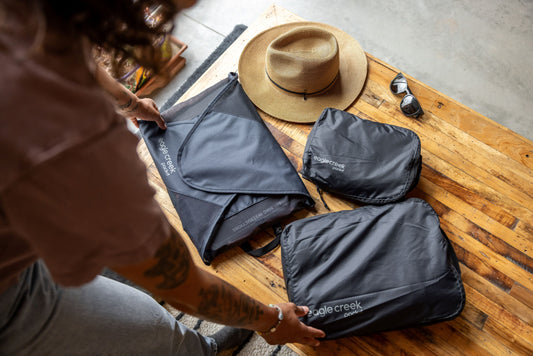How To Pack Light On A Long-Distance Hike

Find out how to lighten your load and pack only the essentials for your next hiking trip.
When it comes to packing for a long hike, it’s easy to overdo it: One item here, one item there, and all of a sudden you’ve overloaded your pack. Adding equipment might make you feel prepared, but after a few hours—let alone a few days—of trudging around, you’ll likely regret it. On the flip side, carrying a lighter pack can help you hike successfully for a long period of time. You’ll be more comfortable on your journey, while staving off accidental injuries resulting from wobbly knees, the constant shift of a heavy load, and the imbalance an overflowing pack can inflict. Allow yourself to take in nature at its fullest with these tips for slashing the extras and focusing on the essentials.
1. Bring only what you need.
Limiting your pack to “needs,” rather than wants, is the first way to cut down on weight. You don’t need those additional toiletries, your oversized camera zoom lens, or that extra pair of hiking boots. (Pack the toiletries you do bring in this lightweight toiletry kit, to keep them organized and together, and protect everything else in your bag in case of a spill.) As for clothes, whittle down your initial list of options, and focus on quality as opposed to quantity. Instead of trudging along with few heavy sweaters for cool nights, pack an all-purpose piece, like a windshirt. Not only can it help protect you from the elements, but a windshirt can also aid in comfort and warmth—and it weighs a mere few ounces. Nixing some of the clunky knits gives you more space to load up on base layers, which help with moisture management and body temperature regulation. Pack whatever clothes you do bring in these lightweight packing cubes, which will help you to not only easily organize, but also compress, your clothing.
2. Splurge on lighter equipment.
“The most important thing is being prepared, so I cannot stress how important it is to spend time packing and prepping for a long hike—whether it’s three days, three weeks, or three months,” says Dan Funk, a seasoned backpacker who’s hiked the eastern Sierra, portions of the Pacific Crest Trail, the Grand Canyon, and more. “Go through your checklist over and over, and make sure to not take any shortcuts on your gear.” It’s understandable to want to stick to a certain budget, but when it comes to gear that’s crucial for your safety or for completing a successful hike, sometimes it’s best to invest in the highest quality items.
And that’s also true when it comes to limiting unnecessary weight. The best thing you can do is spring for lightweight equipment, like the Pack-It Specter Tech™ line. For example, the ultra-light Clean/Dirty Cube will make it easy for you to keep any wet or dirty gear separate from the clean stuff—all while adding almost no weight to your pack. That’s a win-win.
3. Opt for travel-friendly versions of everything—including food.
“While it’s important to think about packing minimal, I always plan to pack extra food for an additional day or two, just in case,” Funk says. This is where dehydrated alternatives and lighter foods come in handy. Instead of packing a few days worth of meals and whole foods in storage containers, opt for instant hot cereal, tea, and coffee, as well as powdered milk, dried fruits, dehydrated eggs, and protein bars. And, of course, you’ll need “real meals,” too—after all, long days of hiking mean you’ll work up quite an appetite. Reach for freeze-dried meals like beef stroganoff with noodles, chicken fajita bowls, and breakfast hash.
Aside from sustenance, plan to carry smaller or lighter alternatives to other necessities. Ditch bulky towels, for example, and opt for the super absorbent, ultra light towel instead. When you rest your head at night, use a Fast Inflate™ Pillow, for maximum comfort that takes up minimal space. You can even make toiletry swaps, like using paper soap instead of a bar. Or, just go with baby wipes instead. “Baby wipes are the shower of the outdoors,” Funk says. Just be sure to hold on to them until you can responsibly recycle!
4. Share the load.
If you’re hiking with friends, sharing the load is a smart way to limit weight and double the manpower. After all, you don’t need multiples of everything. Plan it so that your group only brings one cooking set, for example, and divide the pieces among your packs.
But remember, even if you’re hiking with one or more people, you shouldn’t forgo the most important safety tip: letting people at home know about your plans. “Make sure you tell someone where you’re hiking, when you’re leaving, and when you plan on returning,” Funk says. “Then, let them know when you’ve returned.”
When it comes to long hikes, enjoying the outdoors should be your main goal. Use these tips to lighten your load and make hauling equipment a secondary concern. What are some of your best tips for lightweight travel?
While Eagle Creek is here to provide tips and insights on travel, we cannot accept any responsibility for any potential consequences arising from the use of this information. Always conduct your own research and use your best judgment.
Related links (from Eagle Creek blog):
